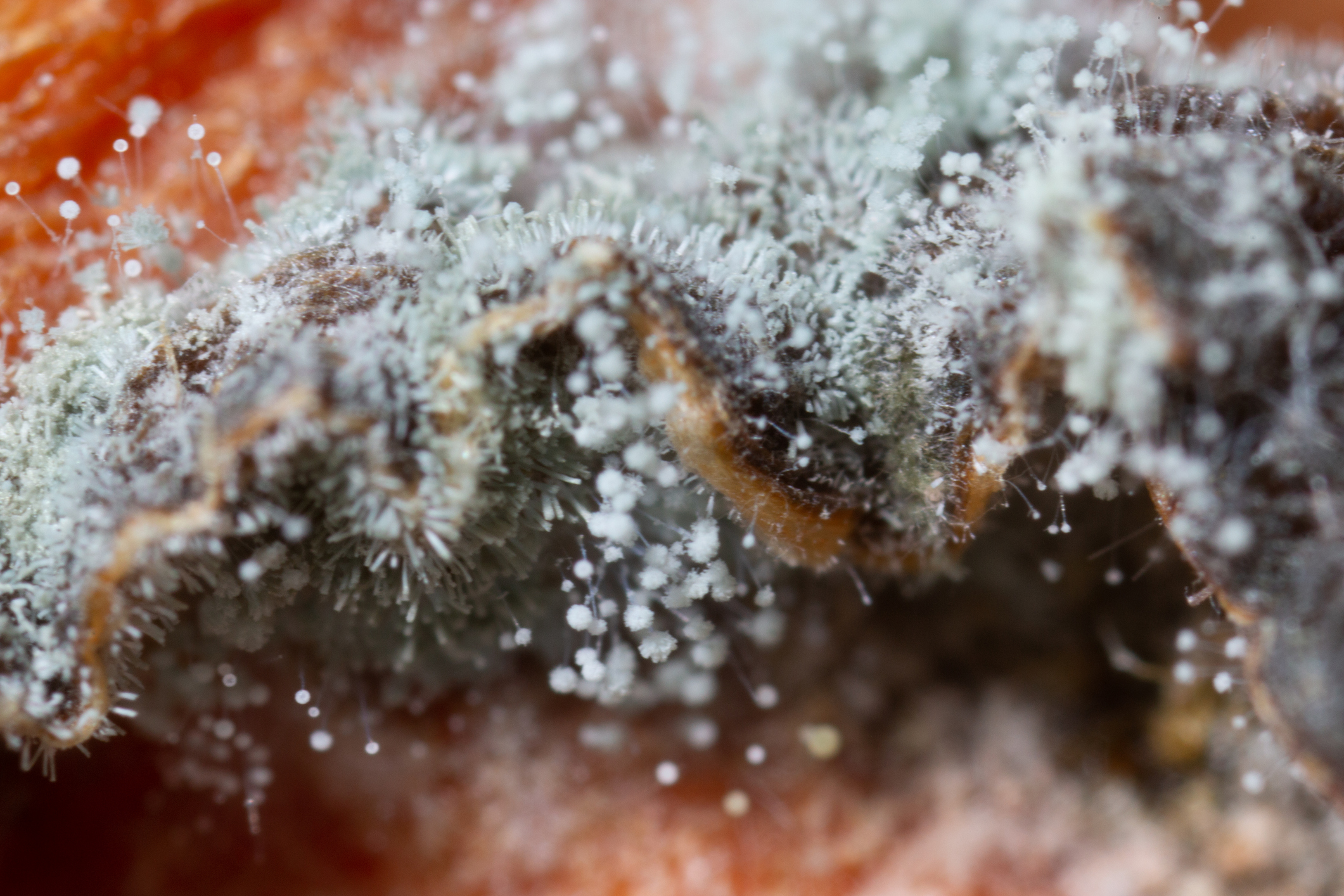When you hear the word “fungi” there is a good chance that it conjures an image of an idyllic toadstool, or perhaps a cluster of capped mushrooms, growing out of a fallen log or pile of leaves. Though there are amazingly diverse types of fungi across the planet, fungi that decay plant matter like these iconic forest inhabitants are of particular interest to scientists because the enzymes that they use to break down tough plant cell walls into simple sugars can be mass-produced and used in industrial processes that generate valuable carbohydrate-based compounds, such as biofuels.
Interestingly, these fungi are capable of tailoring which plant cell wall-degrading enzymes they secrete based on the composition of the food sources available. To investigate how the fungi sense and respond in this manner, a team of scientists led by UC Berkeley used multiple techniques to study the genes, gene products, and gene regulation processes in the fungus Neurospora crassa. The recently published work – a collaboration of N. Louise Glass’ Berkeley Lab team, researchers from the U.S. Department of Energy Joint Genome Institute (JGI), and the Technical University of Munich – adds to a rich array of studies seeking to improve our understanding of fungal genomes.
“This paper explored how ascomycete fungi – the largest phylum within the fungal kingdom – choose what things to eat in an environment of many food choices,” explained first author Vincent Wu. “Curiosity aside, these fungi are currently being utilized to produce enzymes, proteins, and other chemicals in mass quantities, so understanding how they decide what to eat can lead to novel ways of engineering these organisms to more efficiently and sustainably assemble these products. Furthermore, this research included a massive transcriptomics analysis with the use of DAP-seq, a powerful new genetic analysis tool implemented at the JGI.”
